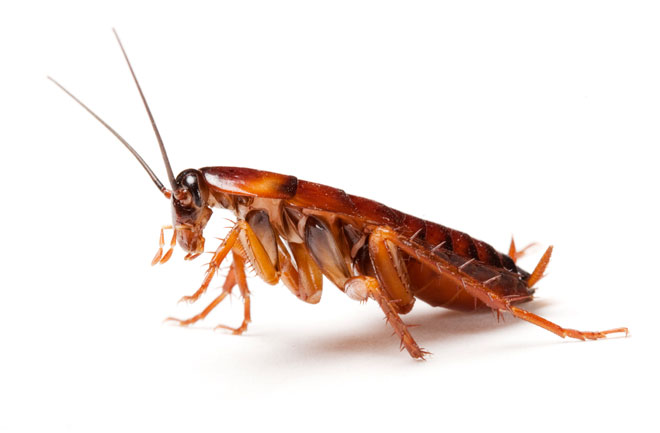It is possible and safe to use low risk pesticides to remove cockroaches from your home. A roach infestation is something that all people do not like at all. Many of the pesticides used to kill roaches contain harmful chemical that bring adverse effects to your family and your lovely pets. However. there are a good number of control methods that low levels of risk associated with the control of cockroaches.
Many of these pesticides are organic in nature. They are as follows:
Use the Borax pesticide control substance. It is a safe and chemical-free ingredient that is normally used as a laundry booster. It works by causing the cockroaches to become dehydrated and thus resulting to their death. You only need to place small amounts of Borax in spaces around your room,in your cabinets and other hidden spaces where roaches live. This substance will kill them immediately once they become in close contact with it.
You also need to use an equal mixture of sugar and baking soda. The sugar in the mixture works by attracting the cockroaches to eat it. The baking soda on the other hand, will enter into the intestines of the roaches and hence causing them to develop intestinal dysfunction leading to their death. You need to sprinkle this mixture inside your cabinets and around your rooms. You can do this by placing it in small dishes around your homerooms.
In addition. you can use the Diatomaceous Earth. It is an organic pest control method that kills cockroaches and other pests such as the fleas. It functions in the same way as Borax. It causes dehydration in the roaches digestive system and eventually killing them.
Finally, use the silica aerogel. It is a non-abrasive pesticide that is also environmental friendly. It too works by dehydrating the cockroach’s intestinal surrounding. This pesticide is strong and kills the roaches instantly.
Therefore. you can kill cockroaches easily by the use of low risk pesticides mentioned above. They are non-toxic and less harmful to humans and their surrounding environment.
